Exemplar Type: Unit Plan
Title: Place Based Ed Unit Planning Sheet
Grades: 6 - 8
Discipline: Science
Submitted By: Chris Wyland
Affiliation: Cottonwood School of Civics and Science
Animal and Environment Interdependence: Ecosystem Survey
Students perform an ecosystem survey of a local wildlife refuge before a major change is implemented to the ecosystem. The reservoir in the ecosystem will change from 30 acres to 10 acres effectively becoming 1⁄3 the size. See the letter from Portland Parks and Recreation to understand more about the situation. This will happen as a result of replacing a smaller culvert with a much larger one. The local Audubon society voiced concerns on the impact on waterfowl. The intention of the change is to increase biodiversity of the refuge by increasing the size of a culvert that connects this ecosystem to the larger river ecosystem it was separated from 50 years prior by a railway. This culvert is large enough for salmon to stop off for reading on their annual run, deer and larger mammals to swim through etc.This project has been 10 years in the making. The data generated by the first student group will provide a based line of where the ecosystem is at before the project. A later student group will come back and look at where the ecosystem is at after the change.
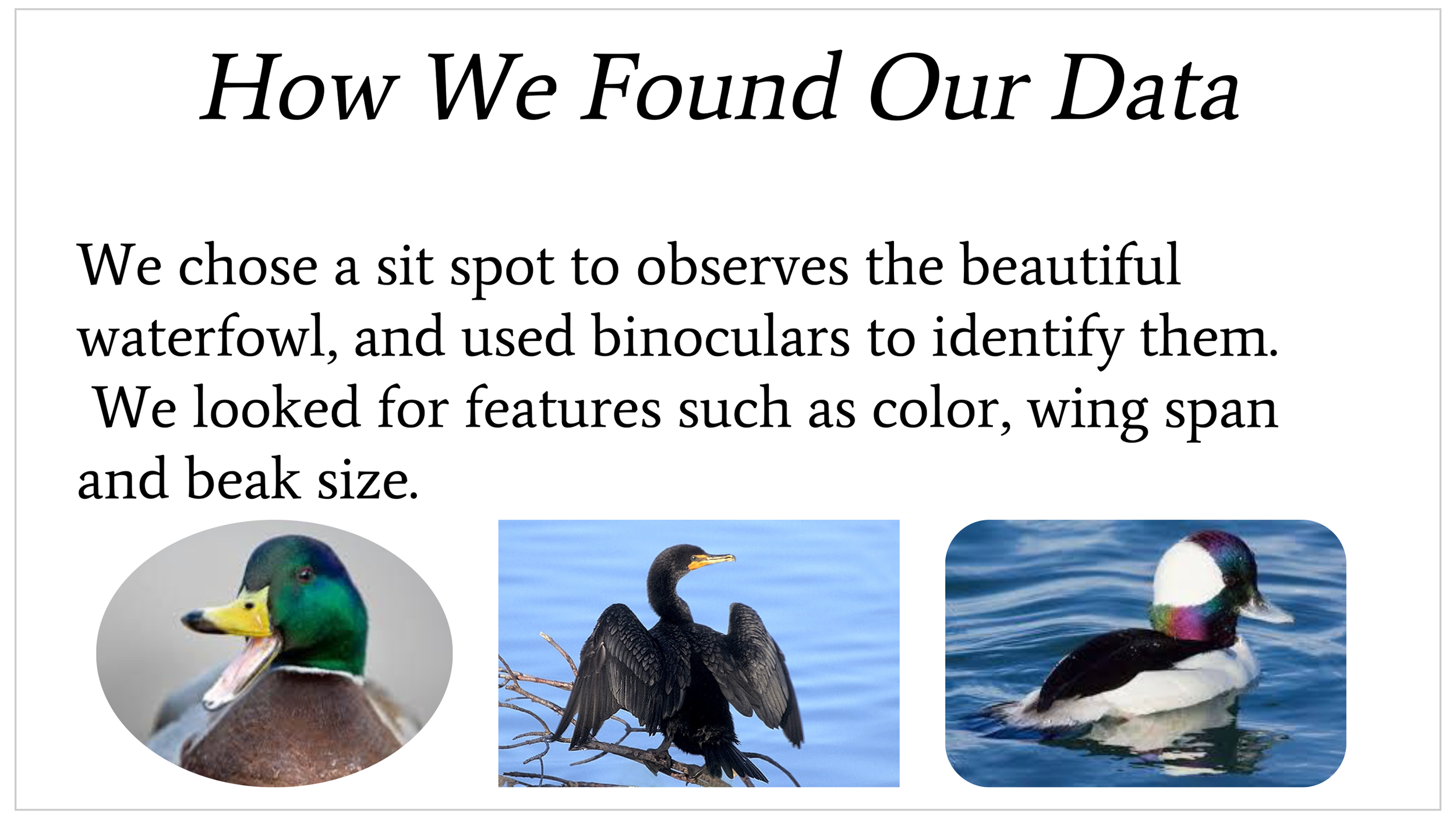
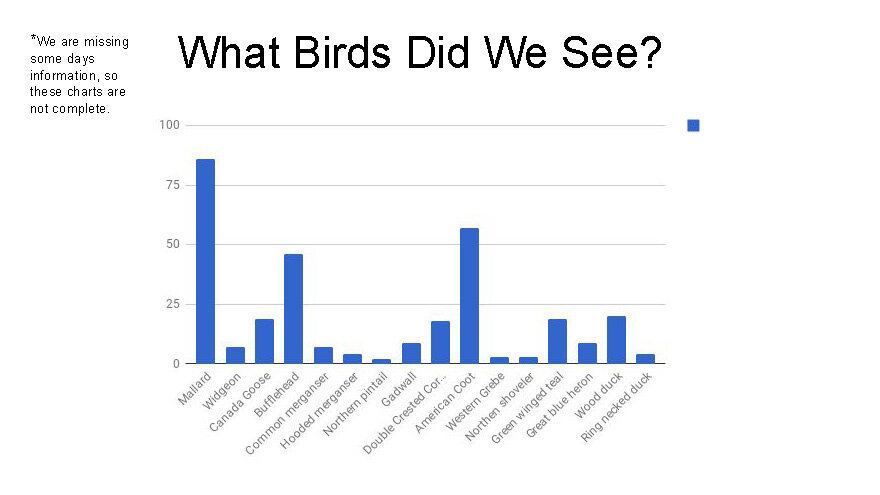
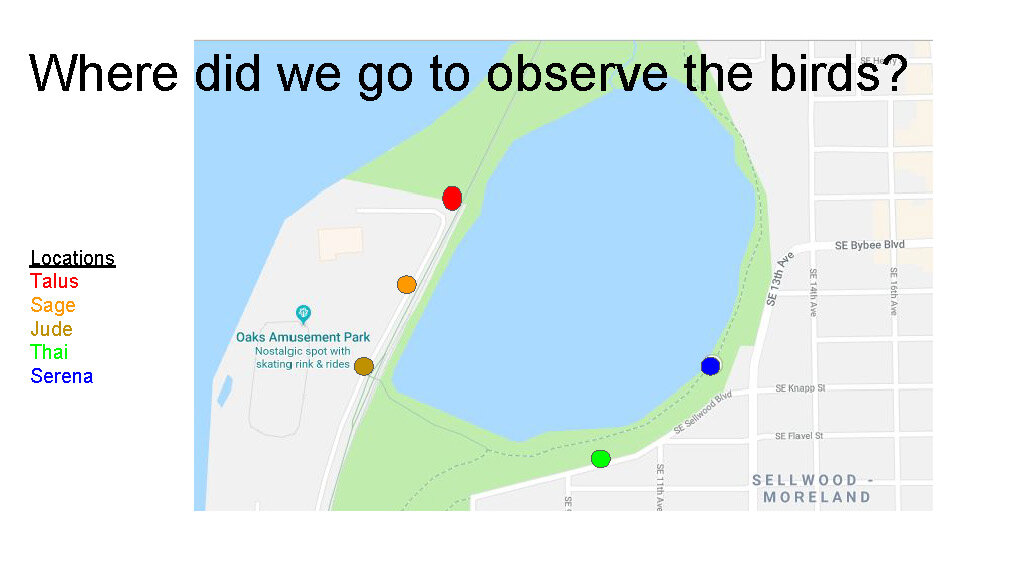
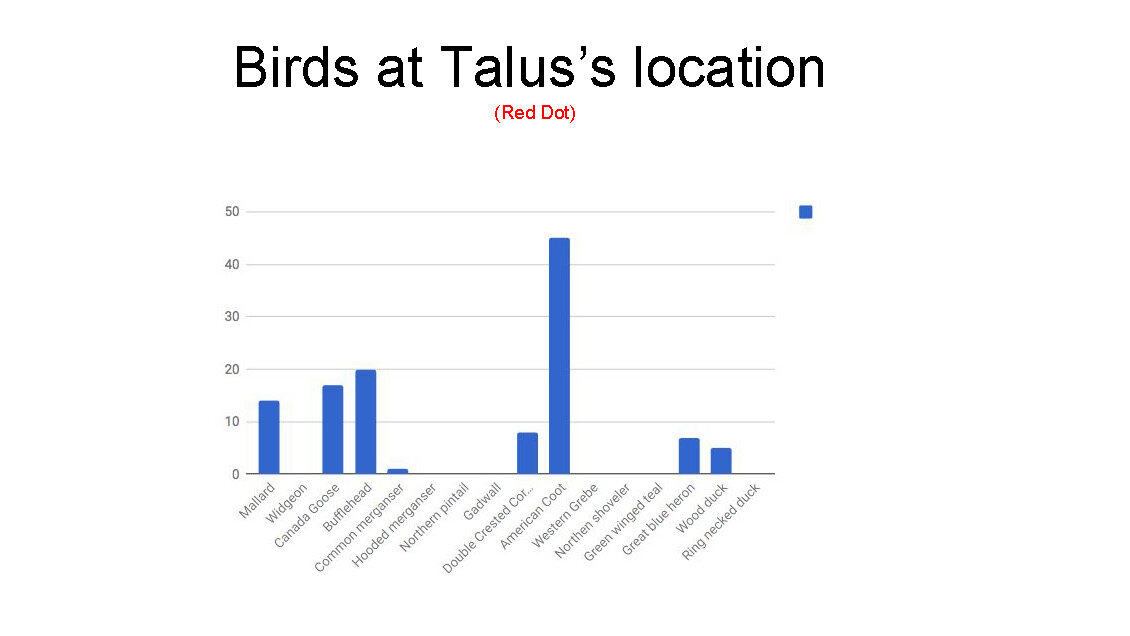
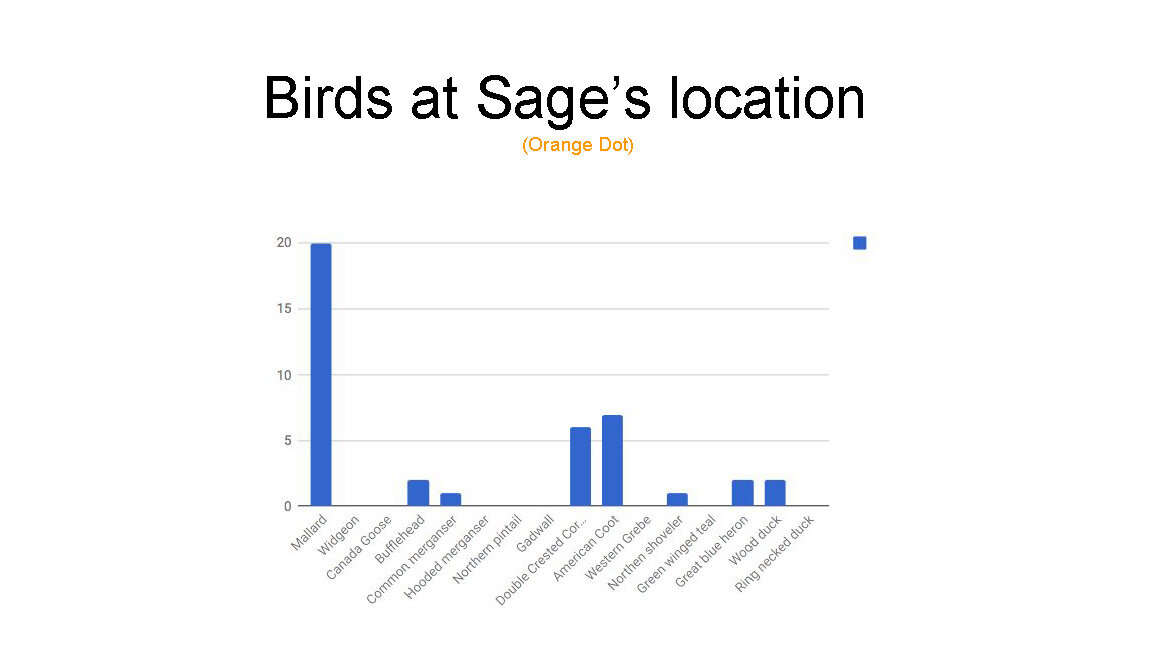
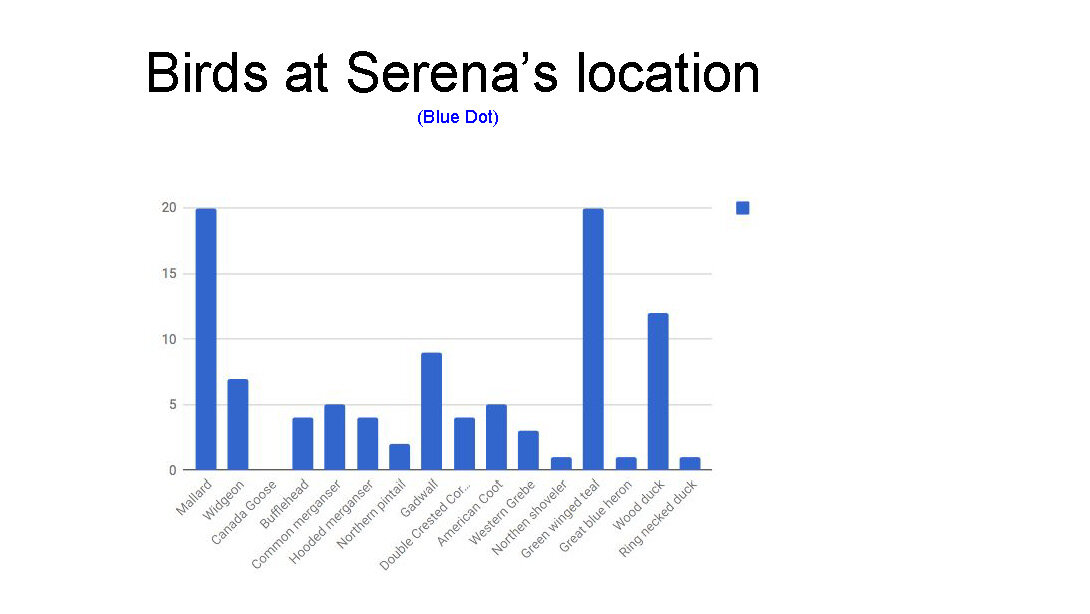
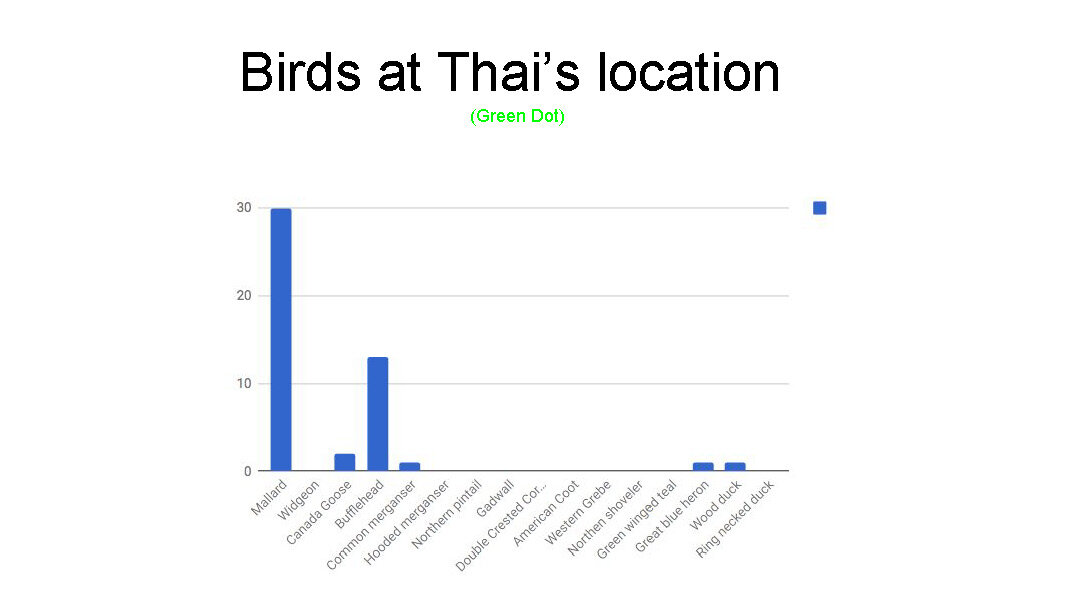
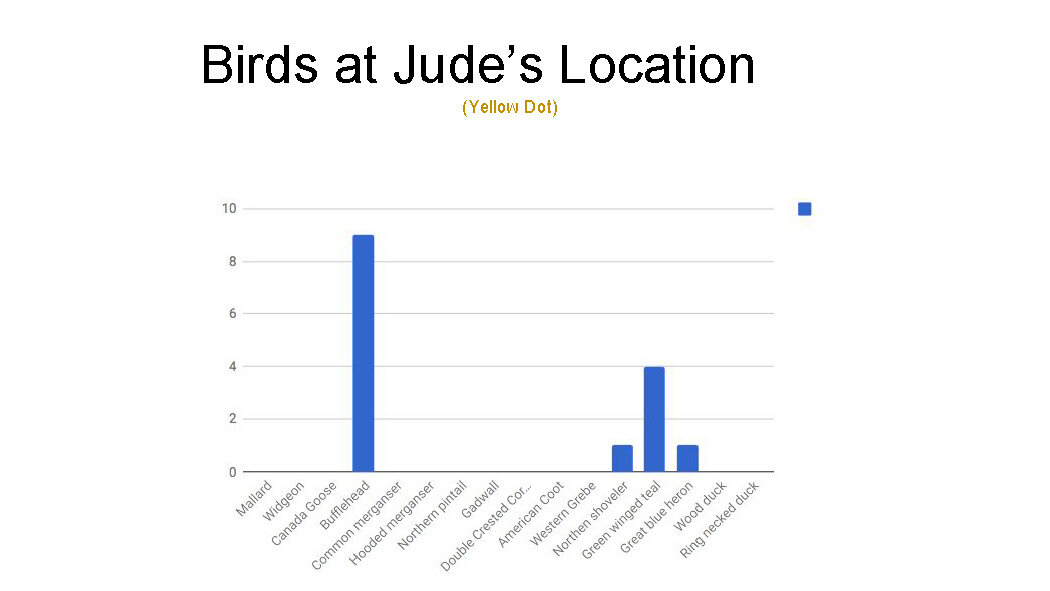
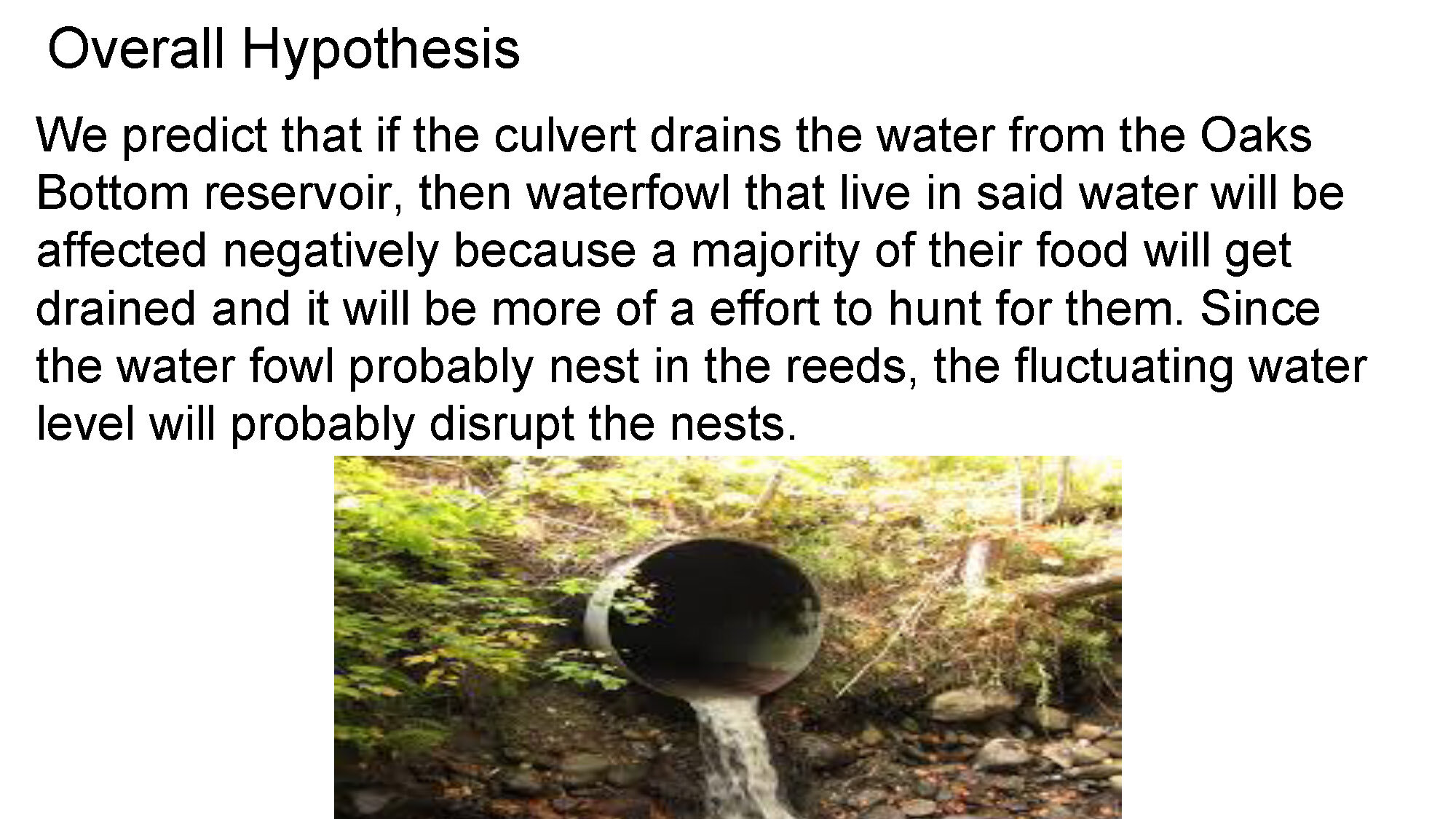

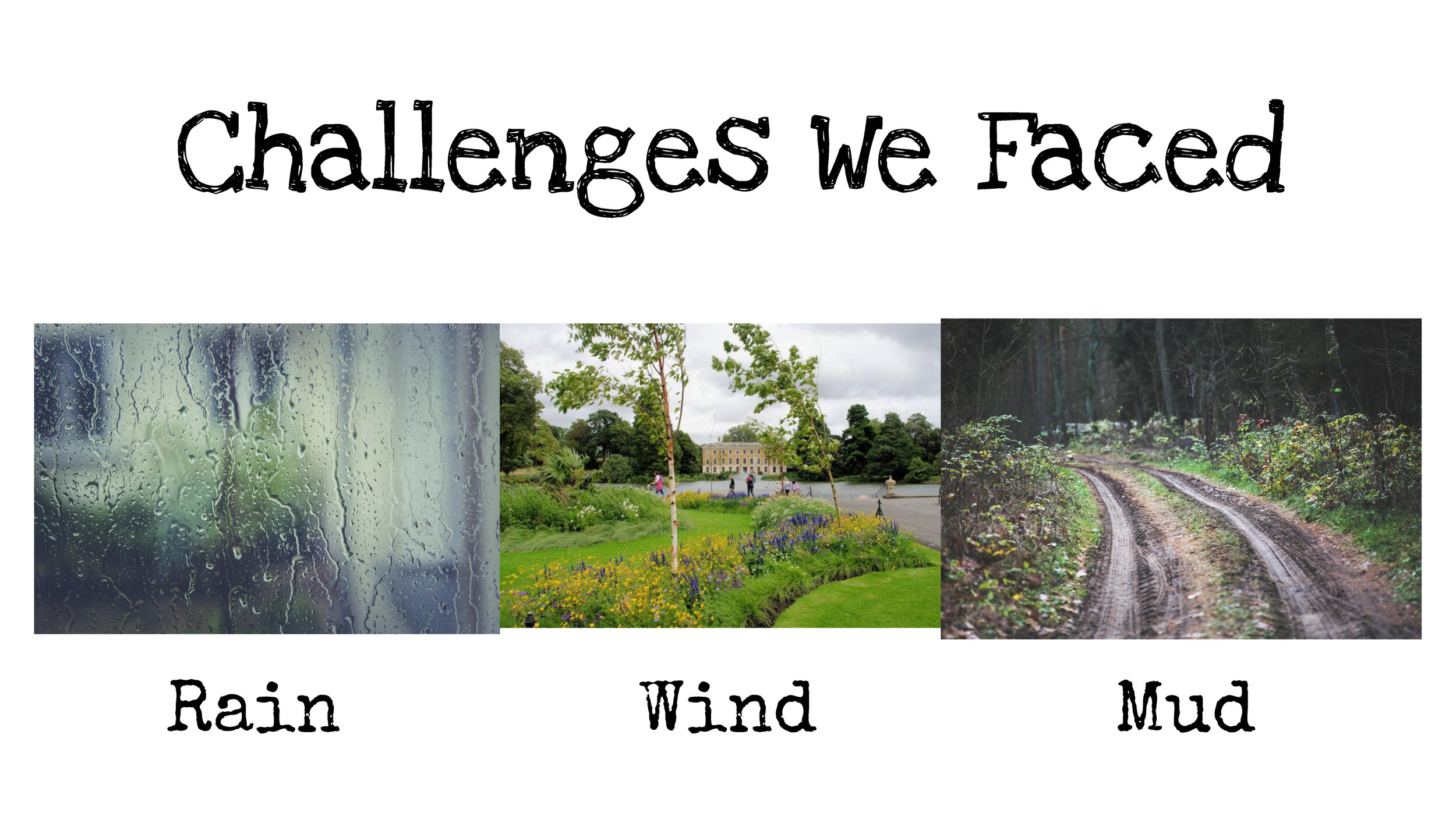
History of changes to this area:
- Used by First Peoples the area to grow crops (very fertile)
- Railroad installed: Cuts the ecosystem off from the large river ecosystem
- Used as a landfill
- Invasive species overtook the area
- Covered over and converted to wildlife refuge: Restoration work began
Final Product is a presentation displaying the data and findings where the students draw hypotheses about the impacts of the change.
For the third episode in a three-part series on place-based education in science, we welcome Chris Wyland to the show. Chris is a middle school math and science teacher at the Cottonwood School of Civics and Science in Portland, where the focus of the entire school is encouraging exploration of the natural world and involvement in the local community through the arts and sciences. Continuing our discussion of place-based education in science, Chris joins us to explain this approach in an ecology unit where his middle school students are partnering with the Portland Parks and Recreation Department to apply their scientific knowledge in fieldwork that benefits their local community.
BENCHMARKS REPRESENTED IN THIS EXEMPLAR
Big Ideas
Diversity makes complex life possible. It assures resilience in living systems
Higher Order Thinking Skills
Emergent: Design Thinking
Complex: [Living] Systems Thinking
Mindful: Reflective Thinking
Applied Knowledge
Strong Sense of Place
System Dynamics and Change
Dispositions
Curious
Collaborative
Place/Community Conscious
Authentic Place-Based Community Connections
Applications and Actions
Engage in Dialogue
Accept responsibility for the consequences of design
Design to optimize health and adaptability
Community Connections
Co-design and implement short and long term projects and programs that are mutually beneficial to partners, are inclusive of all stakeholders and are participatory in nature
Students and teachers make authentic contributions to sustainable community development through service learning opportunities, project-based and place based learning opportunities for students that are laterally and vertically embedded in the core curriculum



